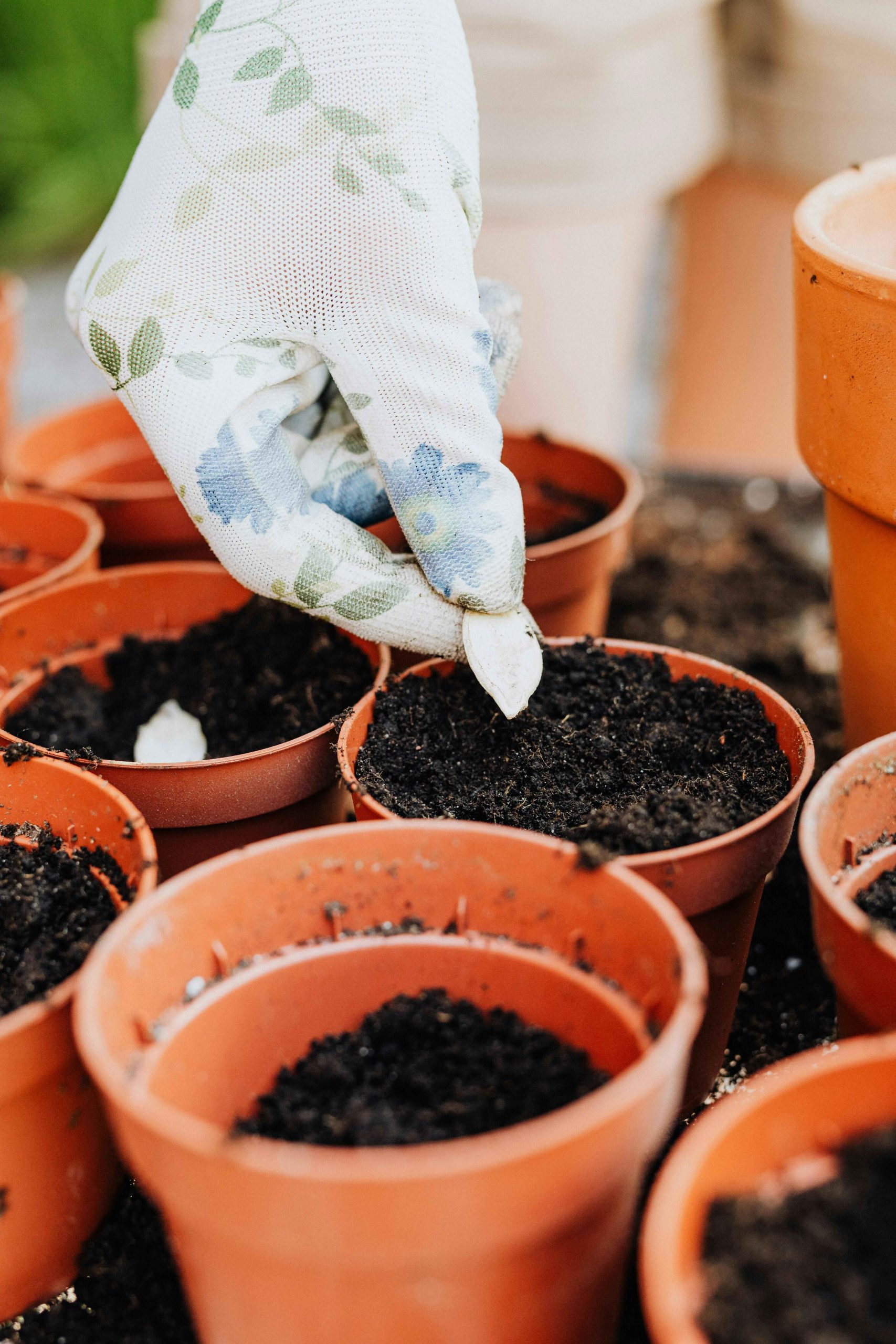To increase the stock of your crops, consider plant propagation. This process involves creating new plants at no cost by using various techniques to achieve the desired results. Here are a few plant propagation methods you can try.
Plant Propagation
Some plants are easier to propagate than others, and different methods work better for different species. The technique you choose will depend on the type of plant you want to propagate and the amount of time and effort you are willing to invest. Gardeners can save a significant amount of money by propagating their plants instead of purchasing new ones. Here are some techniques that can simplify the propagation process:
1. Propagating by sowing seeds
Growing plants from seed is one of the most economical and effective methods of propagating plants. Just leave a few seed heads on your plants after they have flowered. Removing the rest to conserve your plant’s energy. Save the seeds so you can sow the following sowing season, or you can sow immediately if time allows.

Image Credit: Pexels
2. Propagation by division
Dividing plants is a great way of propagating your perennials. Usually done around spring or autumn, dividing plants helps rejuvenate them. This is because smaller clumps mean there’s less root material to compete for water and nutrients. When you’re dealing with chunks of established plants and selecting vigorous growth, you are most likely to make robust plants with little aftercare required. This is why plant division is important for some plants.
3. Layering
This propagation technique effectively clones the plants. The layering technique is done naturally by many plants through the use of runners, offshoots, or when a stem drops to the ground and gets covered by soil. You can also manipulate these natural methods by ensuring the stems make contact with prepared soil.
4. Propagation from stem cuttings
The process involves removing pieces of the stem and potting them up, encouraging them to develop roots. Some plants are easier to propagate from stem cuttings than others. Softwood stem cuttings are usually taken in summer, while hardwood stem cuttings are taken in autumn or early winter. It is the most common involving leaf cuttings or root cuttings.

Image Credit: Pexels
Many complicated plant propagation techniques require experienced gardeners, particularly in farming practices.
ALSO SEE: WINTER PROPAGATION WONDERS: WHAT PLANTS TO PROPAGATE IN COLD WEATHER
Winter propagation wonders: what plants to propagate in cold weather
Feature Image: Pexels

